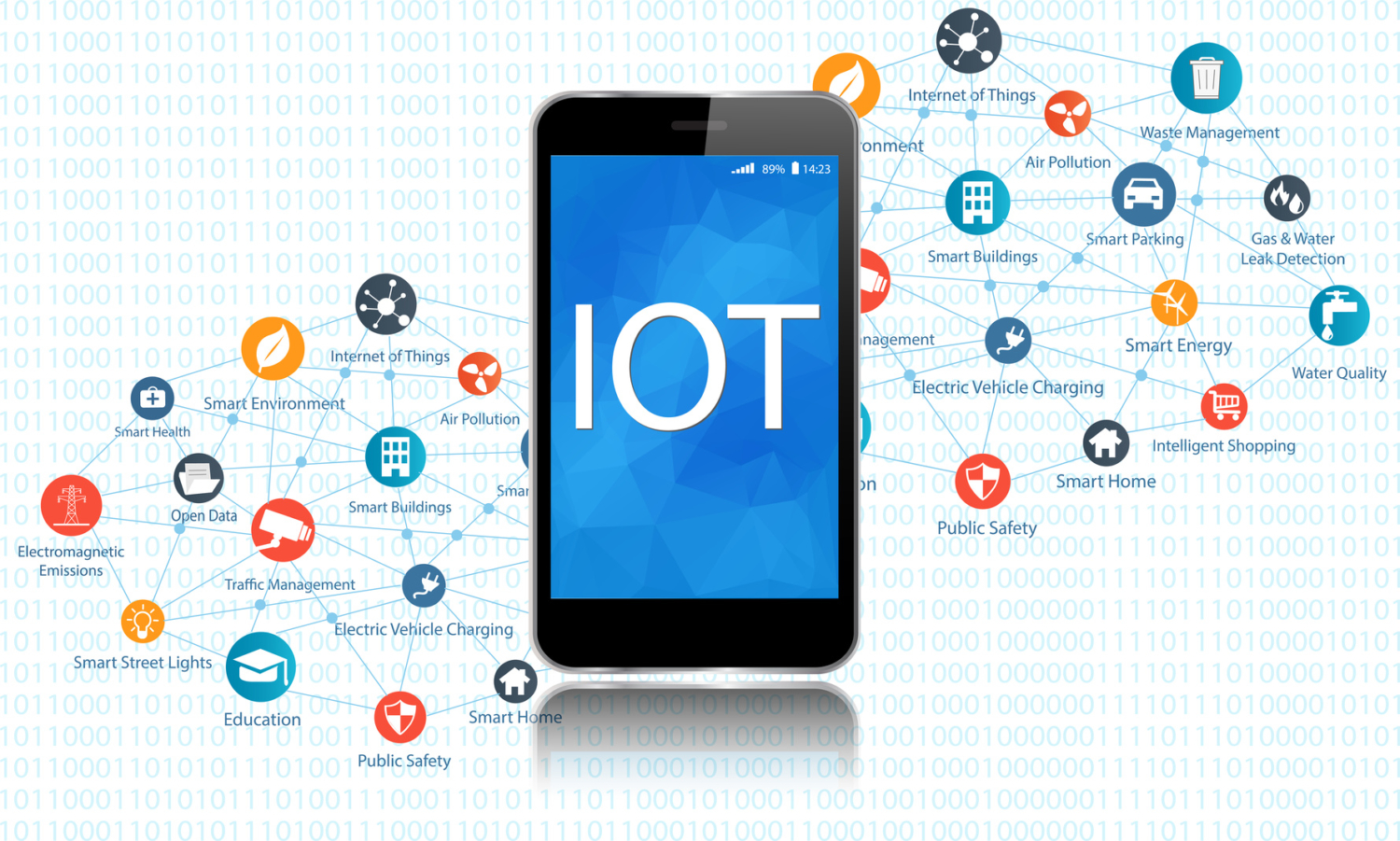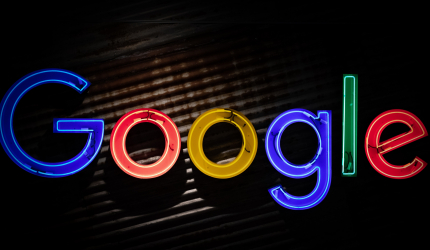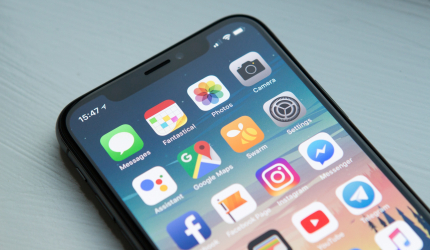Internet of everything concept with different icon and elements. Digital Network Connection Modern communication technology.
The UX or User Experience is not confined to beautiful interfaces design. This term, often overused by digital agencies and professionals, is henceforth attributing crucial importance to each contact point between the brand and the user. It refers to the quality of experience lived by the user in any case of interaction with the brand.
To see for yourself, look at the video of Don Norman, one of UX’s fathers, who describes it as a complete and consistent set of product performance in the eyes of the user:
The Omni Channel
The term ‘Omnichannel’ refers to the fact that all possible contacts and sales channels between the company and its customers are used and mobilized. In the case of a retail company addressing the public, the omnichannel may be the mobile app, the web app, the call center, social networks or physical stores. The quality of interaction between the prospect and the brand at these different levels will determine the experience that the user will be living.
E-Commerce had set the pace to this trend a few years ago by allowing the user to find the contents of his/her shopping cart independently of the web or mobile support from which he/she consulted the site.
Nowadays, users can start their search on Voyage SNCF and proceed with it on Blablacar, order a ride on Uber from Amazon Echo and finish it on the mobile, or save accommodations in their Airbnb wishlist and share it via iMessage.
The designers’ attention must thereupon be focused on the fluidity and transparency of a seamless user journey between the different points of digital interaction.
The IoT to disrupt the UX
Therefore, a good user experience must be agnostic about the device but should rather focus on the user context.
The tendency to have all the audience focused on the mobile has to be further assessed. The connected objects development carries a new differentiation channel to brands enabling them to initiate a transparent and rich transition for the user.
The most obvious example is that of iBeacons on points of sale that allow vendors to know the customer in front of them and provide them with personalized advice while saving valuable time.
There are already devices that go even further and push the contextualization and usage to their worst: Amazon’s Dash Button which allows users to simply order a product at the press of a button. For example, it is enough to place one’s favorite brand of laundry button next to the washing machine. A single button-press while in the laundry room will result in the product delivery by Amazon. Detractors may say that the mobile app is simple enough to be able to order through this means. However, it is important to bear the concept of contextualization in mind: as a user in front of my washing machine, am I going to make the effort to go find my phone, turn it on, launch the app and place the order (4 or 5 clicks minimum) or press a single button?
Also the Easy to Order from Domino’s Pizza that allows its users to order their favorite pizza by a simple button-press.
Yet, the idea is simple enough to come to fruition: a raspberry or arduino connected to the local Wi-Fi network and that is similar to a mobile app initially to recover the user’s preferences: pressing the button triggers a simple API request and you are done.
Putting the IOT at the service of customers
Nevertheless, flinging into the IOT for a brand should not be considered as an end in itself. In fact, companies that wish to get started with this technology need to seriously learn about their customers’ needs in order to understand how connected devices can improve their clients’ lives and experiences.
For any company looking forward to improving the customer experience via new digital technologies, it is therefore necessary to learn more about its customers (typical day, products usage and its circumstances …), through the permanent collection of customer data. Otherwise, the innovation strategy that you will set up may be ineffective.









